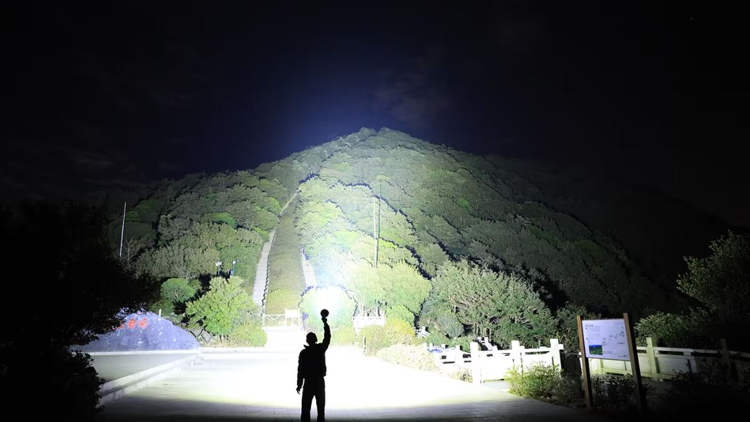Collecting navel lint is probably not the kind of hobby you want to bring up in a conversation, but that hasn’t stopped a 45-year-old librarian from collecting his own belly button fluff, for the last 26 years.
Graham Barker, from Perth, Australia started his bizarre collection when he noticed his own navel lint, one night, and became curious about how much fluff a person produces. The only way to answer his own question was to monitor his own belly button, and collect the lint. Contrary to what most people believe when they hear about his weird habit, Graham isn’t obsessed with lint, nor does he spend most of his time checking his navel. He is only driven by curiosity, and dedicates a mere ten seconds a day to collecting the fluff, right before stepping into the shower.
The amount of fluff he finds in his navel every night depends on the type of clothes he’s been wearing that day, but he has noticed thermal underwear is the most productive. Each night, he takes whatever he can find in his belly button and stores it in a clay jar, bought specifically for collecting lint. At the end of each year, he ads the lint to his grand collection. In the 26 years that he has been collecting his own fluff, he managed to fill three glass jars, and he is already working on his fourth. Believe it or not, his extensive collection weighs just 22 grams.
Graham Barker admits that lint, as a raw material, is worthless, but as part of an impressive collection it gains both curiosity and financial value. After being acknowledged by the Guinness Book of Records as the world’s largest collection of navel lint, his three jars of fluff were acquired by a museum, for an undisclosed sum. When they see the belly button lint collection, most visitors have a positive reaction, but there are still those who find it disgusting or simply stupid.
Graham only plans to stop collecting navel lint when he is incapable of doing so anymore, but he reckons he’ll fill up five more jars before then, thus making sure his record doesn’t get beat any time soon.

Read More »




















